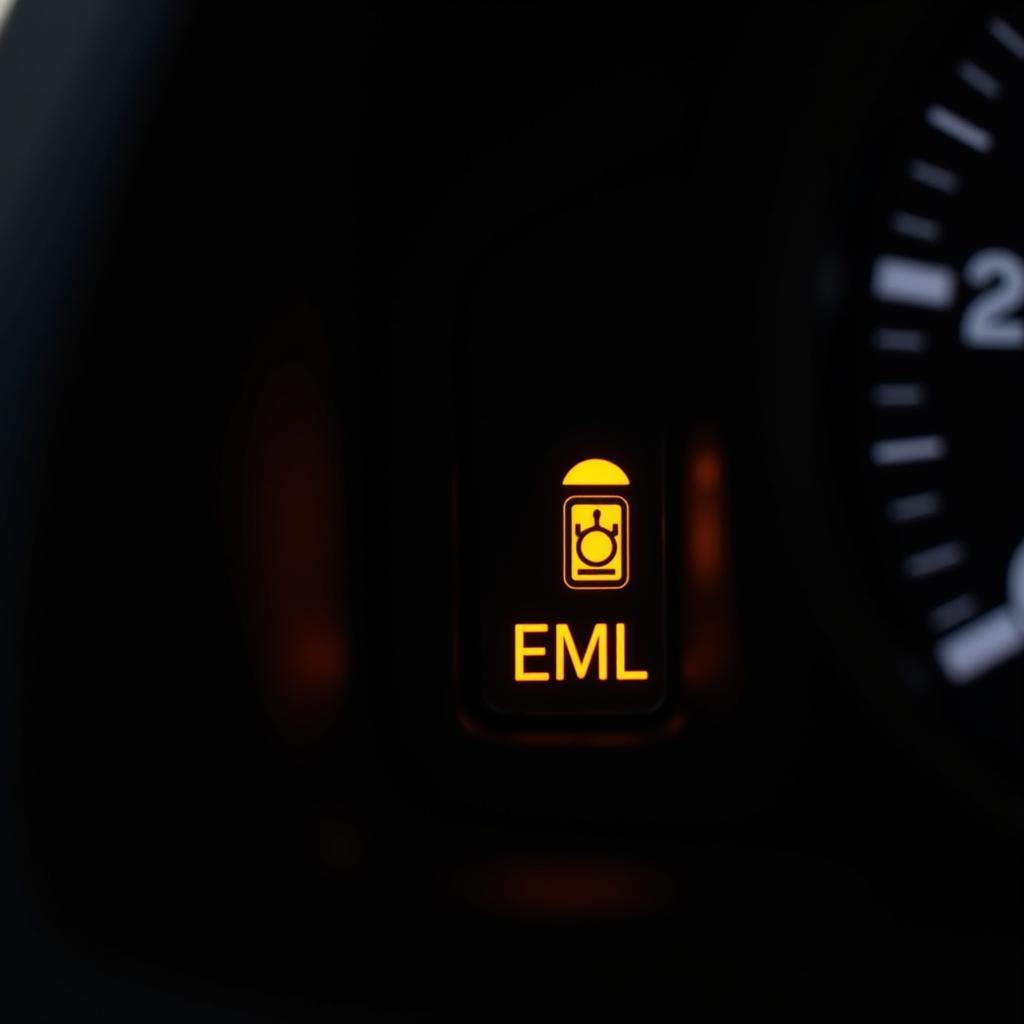The smooth operation of any vehicle relies heavily on the seamless interplay of various components, with clutch brake parts playing a critical role in this intricate dance. Among the leading manufacturers in this field, Warner stands out for its commitment to quality and performance. This guide delves into the world of Warner clutch brake parts, exploring their significance, common issues, and troubleshooting techniques.
Understanding the Importance of Warner Clutch Brake Parts
Clutch brakes, often found in power transmission systems, are essential for controlling motion and torque. Unlike traditional friction brakes, Warner clutch brakes utilize electromagnetic forces to engage and disengage. This design offers numerous advantages, including faster response times, increased durability, and smoother operation. These characteristics make them ideal for applications demanding precise control and high cycling rates, such as in industrial machinery, construction equipment, and heavy-duty vehicles.
Common Problems with Warner Clutch Brake Parts
Despite their robust construction, Warner clutch brake parts, like any mechanical component, are susceptible to wear and tear. Identifying potential issues early on is crucial for preventing costly downtime and ensuring optimal performance.
Signs of Worn Warner Clutch Brake Parts
- Slipping: If you notice a loss of power or the engine revving without engaging the drivetrain, it could indicate a slipping clutch, often caused by worn friction material.
- Dragging: Difficulty shifting gears or a tendency for the vehicle to creep forward when idling might suggest a dragging clutch, possibly due to improper adjustment or a faulty release mechanism.
- Noise: Unusual noises like grinding, squealing, or chattering during clutch engagement or disengagement are red flags that warrant immediate attention. These sounds could indicate worn bearings, a misaligned clutch, or other mechanical issues.
- Burning Smell: A distinct burning odor emanating from the clutch area, especially after prolonged or heavy use, often signals overheating. This could be due to excessive slippage, inadequate lubrication, or a failing clutch brake assembly.
Troubleshooting Warner Clutch Brake Problems
Before attempting any repairs, it’s crucial to diagnose the root cause of the problem accurately. Here’s a step-by-step guide to help you troubleshoot issues:
- Visual Inspection: Begin by visually examining the clutch brake assembly for any obvious signs of damage, such as cracks, leaks, or worn components.
- Check Fluid Levels: Ensure the clutch fluid reservoir is filled to the recommended level with the correct type of fluid. Low fluid levels can lead to improper clutch operation and potential damage.
- Test Clutch Pedal Feel: Pay attention to the clutch pedal feel. A spongy, stiff, or uneven pedal travel can indicate air in the system, worn hydraulic components, or a misadjusted clutch.
- Listen for Abnormal Sounds: As mentioned earlier, any unusual noises during clutch operation can be telling. Carefully note the type, timing, and circumstances of these sounds to aid in diagnosis.
- Inspect Related Components: Don’t overlook other related components like the flywheel, pressure plate, and release bearing. These parts can also wear out and contribute to clutch problems.
Repairing or Replacing Warner Clutch Brake Parts
Depending on the severity of the issue, you may be able to repair or adjust certain clutch brake components. However, in many cases, replacement is the most reliable solution.
When to Consider a Warner Electric Clutch Brake Rebuild Kit
A rebuild kit can be a cost-effective option for addressing common wear items within the clutch brake assembly. These kits typically include friction discs, seals, o-rings, and other small parts prone to wear.
Sourcing Quality Warner Clutch Brake Parts
When sourcing replacement parts, it’s crucial to choose genuine Warner components or those from reputable aftermarket manufacturers. Using inferior quality parts can compromise performance, longevity, and safety. For instance, you might consider options like brakes plus gilbert warner or exploring warner electric brake clutch china manufacturers for sourcing reliable components. You can also find resources and information about specific parts like the supply yj.6fy warner electric brake clutch.
The Role of Remote Diagnostics in Clutch Brake Repair
In today’s technologically advanced automotive landscape, remote diagnostics plays a significant role in troubleshooting and repairing complex systems. Remote diagnostics allows technicians to access a vehicle’s onboard computer remotely, retrieve diagnostic trouble codes, and analyze real-time data. This capability can be instrumental in identifying clutch brake issues, pinpointing faulty sensors or actuators, and streamlining the repair process.
Conclusion
Maintaining the optimal performance of your vehicle’s clutch brake system is paramount for safety and reliability. By understanding the common issues associated with Warner clutch brake parts, recognizing the signs of wear, and following the troubleshooting tips outlined in this guide, you can ensure smooth and controlled operation. Remember, addressing issues promptly and using quality replacement parts is crucial for extending the lifespan of your clutch brake system and enjoying a safe and enjoyable driving experience. For more information on brakes and clutches repairs warner related topics, you can find helpful resources and insights online. You can also explore specific solutions like the warner electric clutch brake rebuild kit to address common wear and tear issues.

